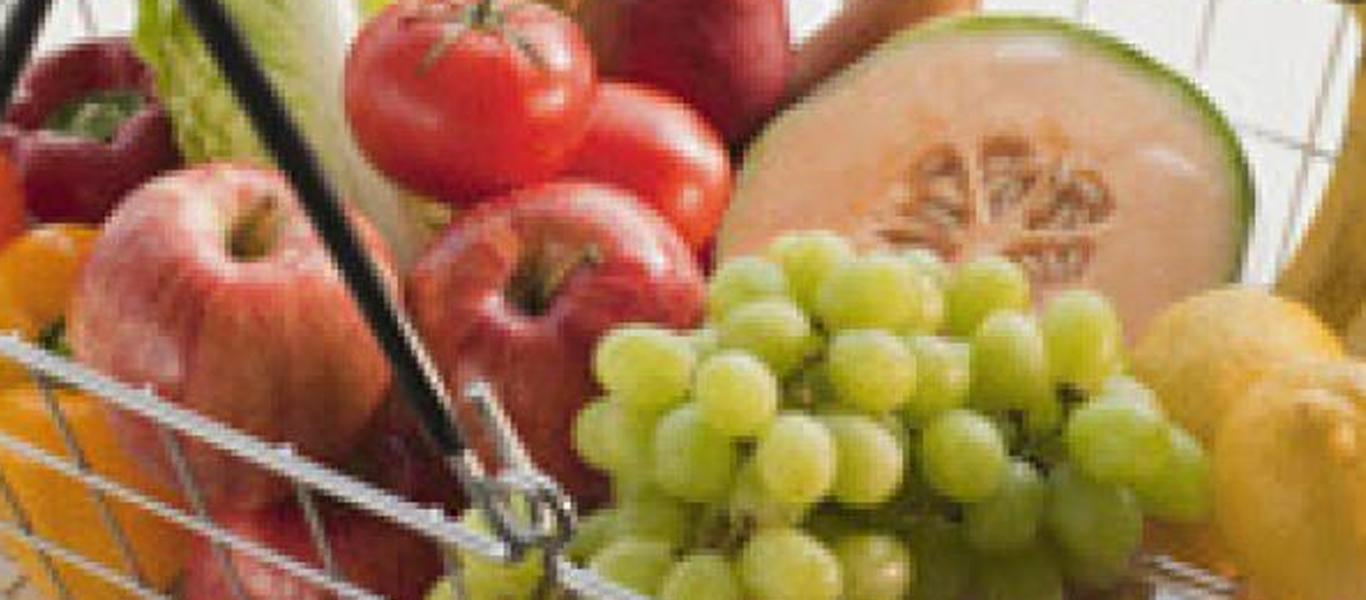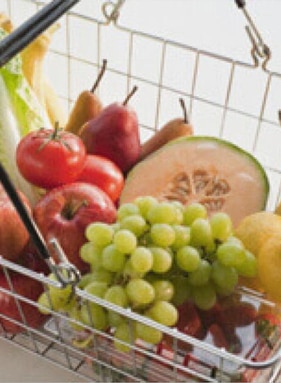- My Ramadan
- Recipes
- Nutrition And Health
-
Brands
- Aero
- COFFEE-MATE®
- CRUNCH® CEREALS
- Cocoa Puffs®
- Fitness Toasties
- illuma 3
- KLIM®
- MAGGI®
- NAN® 3
- NESCAFÉ®
- NESQUIK®
- Nestle® CERELAC®
- Nestle® Pure Life®
- NIDO® PLUS
- PROGRESS KIDS GOLD
- SMARTIES®
- COUNTRY CORN FLAKES®
- CHOCAPIC®
- COOKIE CRISP®
- HONEY CHEERIOS®
- KITKAT®
- LION® CEREAL
- NESCAFÉ® Dolce Gusto®
- NESQUIK® CEREALS
- Nestle® FITNESS®
- NESTLÉ® DESSERT SOLUTIONS
- NIDO® FORTIFIED
- PROMISE PE GOLD
- Perrier®
Toddler’s Menu: Colorful, Tasty and Healthy!
What is healthy eating?
Healthy eating for your child means giving him a variety of foods so that he gets the right nutrients (such as protein, carbohydrate, fat, vitamins, and minerals) for normal growth.
The best way to ensure children get what they need is to provide a variety of nutritious foods that are low in fat and sugar. Meals and snacks should follow recommended patterns with appropriate accommodations made for each age.
Food should be offered at intervals not more than 3 hours apart during the active part of your child's day. Components of meals and snacks should be planned so that they are appetizing and provide adequate servings from the milk, yogurt, and cheese group; meat, poultry, fish, dry beans and egg group; vegetable group; fruit group; and the bread, cereal, rice and pasta group.
How much food is good for your child?
Food selections should be based on balance, variety and moderation. For example:
Breakfast:
- 1 cup of specialized milk for toddlers
- ½ bowl of breakfast cereals
- 1 boiled egg
Snack 1:
- ½ cup fresh fruit juice
Lunch:
- ½ cup cooked vegetables
- ¼ cup meat, chicken or fish
- ½ cup potato, pasta, rice, bulgur, corn ... (starches)
Snack 2:
- ½ cup fruit salad
Dinner:
- 1 cup of specialized milk for toddlers
- 1 small labneh sandwich - ½ cup tomato, lettuce
The number of portions in the above menu is in line with the recommendations for children 1 to 3 years of age:
- Milk and dairy products: 3 portions (recommended 2-3 portions)
- Grains and cereals: 6 portions (recommended 4-6 portions)
- Meat and legumes: 2 portions (recommended 2 portions)
- Vegetables: 3 portions (recommended 2-3 portions)
- Fruits: 3 portions (recommended 2-3 portions)
- Help your child get enough dairy: Aim for 3 servings of milk, yogurt or cheese a day as it is a good source of calcium for healthy and strong bones.
- Make half his grains whole: Make sure that at least 1/2 the quantity of the total grain requirement comes from whole grains (eg. bulghur, wholewheat bread)
- Vary the veggies you offer him. Aim to provide him with this quality every week:
Dark green vegetables (eg. parsley, broccoli, spinach) = 1 cup weekly: a good source of vitamin A, C and iron
Orange vegetables (eg. carrots) = 1/2 cup weekly: a good source of beta carotene (vitamin A)
Dry beans and peas = 1/2 cup weekly: a good source of fibre
- Aim for 3 teaspoons of vegetable oils a day
- Sweets only as treats: Limit sweets to protect your child from tooth decay and excess calories that are poor in nutrients. Offer it to him only as treats to avoid him developing a sweet tooth.




